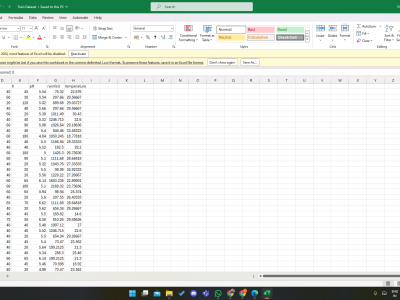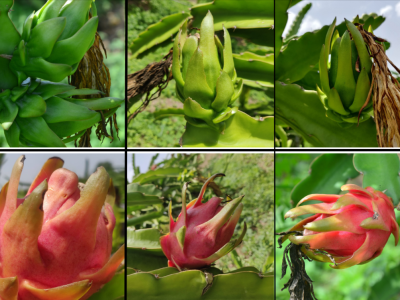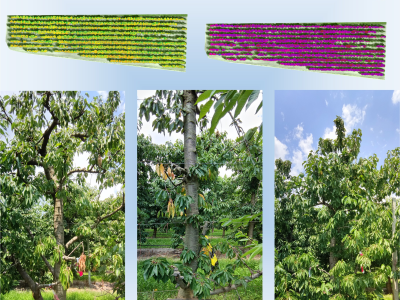Effect of Sugarcane Vegetation On Path-Loss Between CC2650 and CC2538 Soc Based Sensor Nodes Operating At 2.4 Ghz Radio Frequency (Rf)

- Citation Author(s):
-
Agro Glean System (Crop Research and Development, AGS, Gwalior, Madhya Pradesh, India)
- Submitted by:
- Agro System
- Last updated:
- DOI:
- 10.21227/8mcm-hx34
- Data Format:
- Research Article Link:
- Links:
 602 views
602 views
- Categories:
- Keywords:
Abstract
Here we introduce so-far the largest subject-rated database of its kind, namely, "Effect of Sugarcane vegetation on path-loss between CC2650 and CC2538 SoC 32-bit Arm Cortex-M3 based sensor nodes operating at 2.4 GHz Radio Frequency (RF)". This database contains received signal strength measurements collected through campaigns in the IEEE 802.15.4 standard precision agricultural monitoring infrastructure developed for Sugarcane crop monitoring from period 20/11/2019 to 20/06/2020 for CC2538 MCU based sensor nodes and 20/11/2019 to 20/06/2020 for CC2650 MCU based sensor nodes.
Note: The conducted measurement campaigns are part of a research whose results are presented in manuscript "NSGA-III Based Heterogeneous Transmission Range selection for Node Deployment in IEEE 802.15.4 Infrastructure for Sugarcane and Rice Crop Monitoring" and are currently under peer review in " IEEE Transactions on Wireless Communications" (Paper-TW-Feb-21-027).
Instructions:
Here we introduce so-far the largest subject-rated database of its kind, namely, "Effect of Sugarcane vegetation on path-loss between CC2650 and CC2538 SoC 32-bit Arm Cortex-M3 based sensor nodes operating at 2.4 GHz Radio Frequency (RF)".
This proposal examines the received signal strength through measurement campaigns in the IEEE 802.15.4 standard precision agricultural monitoring infrastructure developed for Sugarcane crop monitoring from period 10/11/2019 to 20/6/2020.
Observations at different node height and vegetation depths in a crop cycle (223 days) with a sampling time of 30 minutes were made in the following two scenarios:
Scenario-1 (Database-1): Nodes of Height=96 cm are deployed and RSS measurements were collected.
Scenario-2 (Database-2): Cluster of nodes with varying height={20,32,64,96,128} are deployed and RSS measurement were collected..
Instructions:
Crop: Sugarcane (CO86039)
Database:
Database-1:
Node height: 96
Plantation row spacing: 40 cm
Database-2:
Node height: 20,32,64,96,128
Plantation row spacing: 46 cm
Target farm (geophysical location):
Maharajpura Farmland, Gwalior, Madhya-Pradesh, India, 474005 (lat- 26.317120°, lon-78.206750°)
Sampling/ monitoring duration:
Monitoring period: 10 November 2019 -20 June 2020
Season:
Sampling rate: 30 minutes
Network parameter:
Hardware resources:
Base station:
Single board computer: Dual-Core ARMCortex-A15 (AM5729)
Gateway: CC2530 packet sniffer (2 unit)
Active channel: 2
Internet connectivity: 4G
Sensor node:
MCU: CC2650/CC2538
Receiver sensitivity: -75 dBm
Antenna type/gain:
Transmit power: programable(0-7 dBm)
Power-mode: 2
Power source: LGCS318650 (3.6 V, 2200mAh)lithium-ion cells
Software resources:
Operating system: Contiki-ng
Communication protocol stack: μiPv6
Transport/Network layer: ipv6
Data link/physical layer: IEEE 802.15.4-2006
Topology: mesh
Duty-cycling: contikiMAC
File format: .CSV
Data preprocessing:
Raw Data is submitted. Data preprocessing will be required to filter out the effect of battery voltage fluctuation at many instance of monitoring period.








